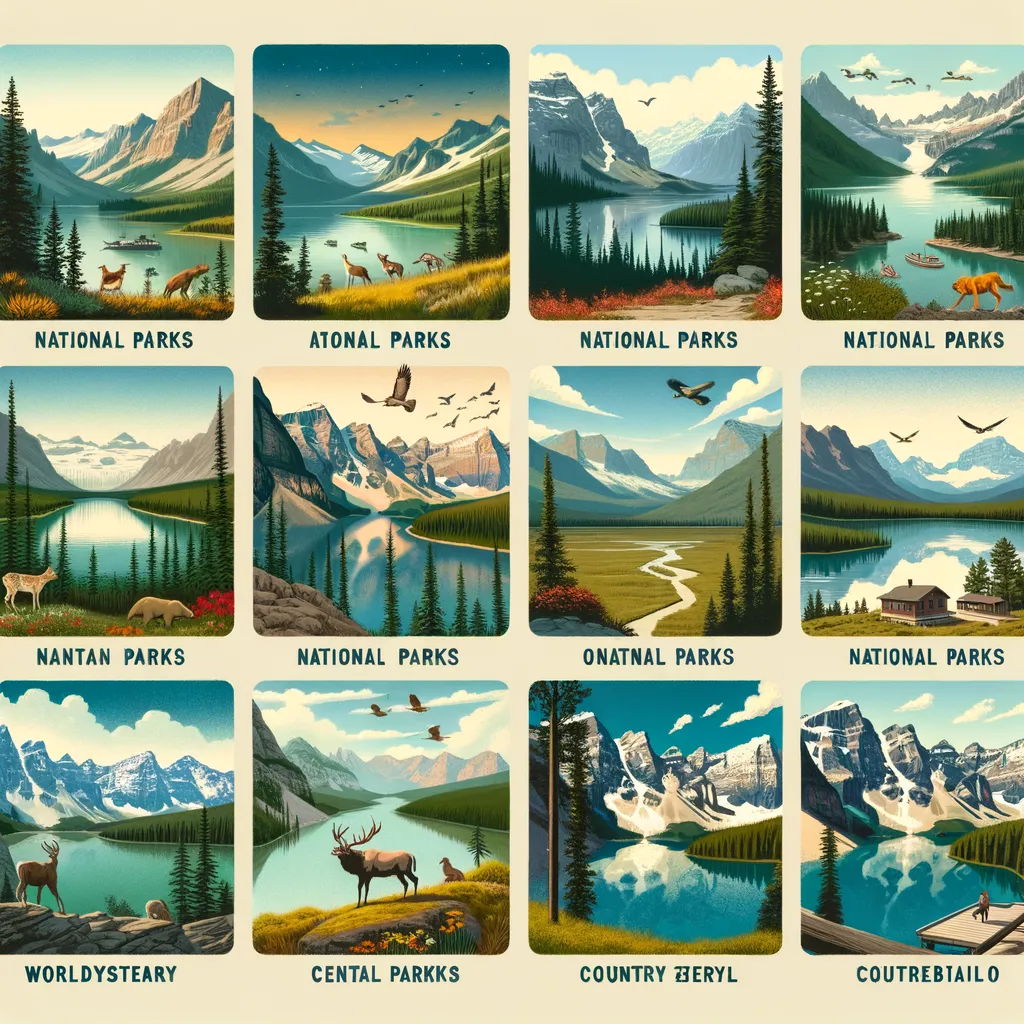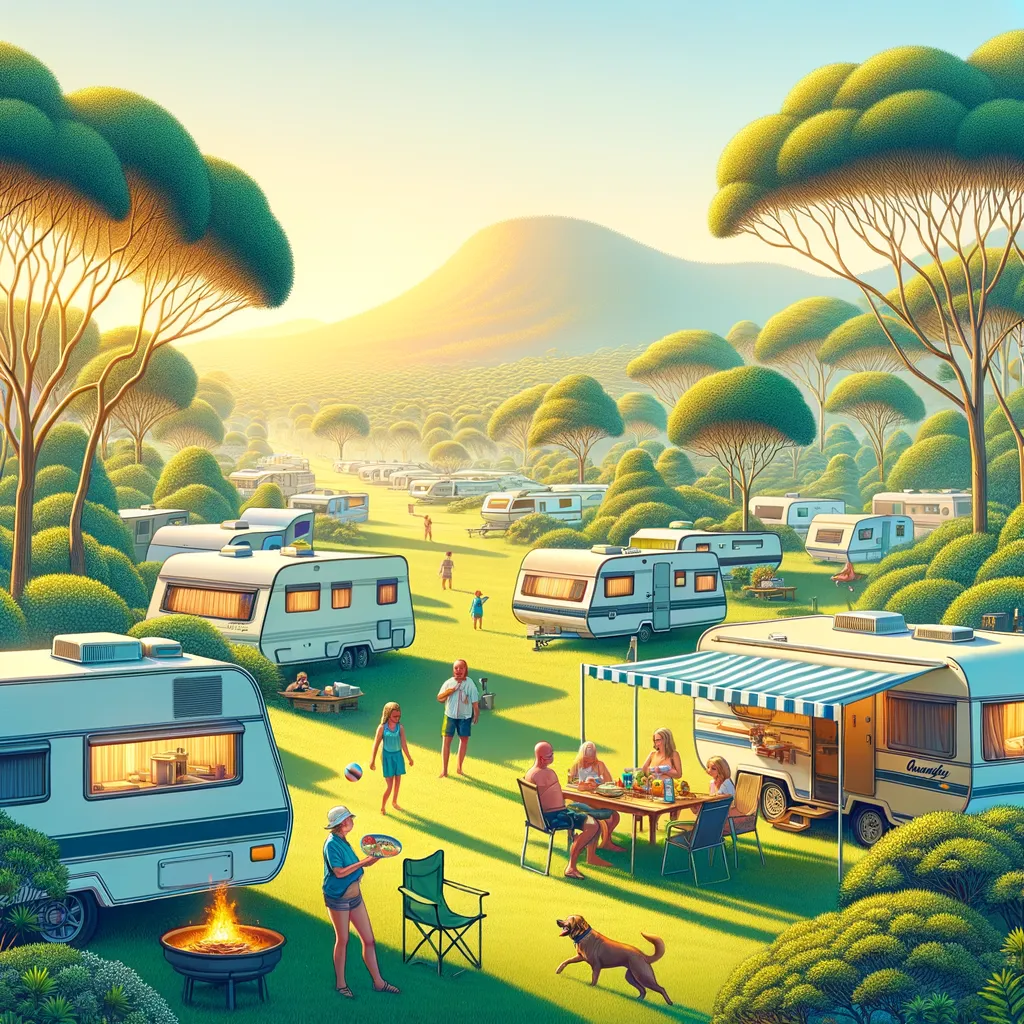Exploring the Rich Tapestry: A Cultural History of National Parks Worldwide
Welcome, curious minds and adventurous hearts! Today, we embark on a captivating journey through the lush landscapes and profound histories of national parks across the globe. Whether you’re a history buff, a nature enthusiast, or a parent looking to instill a sense of wonder and respect for the natural world in your children, this guide is your gateway to understanding the cultural significance behind some of the world’s most treasured natural spaces.
The Birth of National Parks: A Global Perspective
The idea of preserving natural spaces for public enjoyment and conservation is not a modern concept. The roots of national parks stretch back centuries, to when indigenous communities revered and protected these lands. However, the formal notion of a ‘national park’ began to take shape in the 19th century, led by efforts to conserve the natural beauty and historical significance of areas for future generations to appreciate.
In the United States, Yellowstone National Park holds the title of the first national park in the world, established in 1872. This groundbreaking decision sparked a global movement, inspiring countries around the world to set aside their own natural wonders for preservation and public enjoyment. From the rugged peaks of Canada’s Banff National Park, established in 1885, to the enchanting wilderness of Australia’s Royal National Park, created in 1879, the concept of national parks began to take root and flourish worldwide.
Cultural Significance of National Parks
National parks are not just areas of outstanding natural beauty; they are living museums, telling the stories of the earth’s past, the cultures that thrived there, and the artists and conservationists they inspired. These spaces offer a unique lens through which we can explore the cultural tapestry of a region, including its historical battles, spiritual significance, and artistic interpretations.
For parents, national parks provide a rich educational resource, offering endless opportunities to teach children about biodiversity, conservation, and the importance of respecting and understanding different cultures and their histories. Whether it’s learning about the Aboriginal heritage of Uluru-Kata Tjuta National Park in Australia or the ancient Pueblo cultures of Mesa Verde National Park in the United States, each park has a story to tell, enabling families to connect on a deeper level with the world around them.
Conservation Efforts and Community Impact
The establishment of national parks has not only helped preserve vast areas of natural beauty but also played a crucial role in conservation efforts, protecting endangered species and their habitats. Moreover, national parks have significantly impacted local communities, offering opportunities for sustainable tourism and economic development, while also instilling a sense of pride and custodianship among the residents.
Engaging with national parks allows parents and children alike to become advocates for the environment, encouraging a more sustainable interaction with the world that leaves a minimal footprint. By visiting these parks, families contribute to local economies, support conservation efforts, and gain a greater appreciation for the natural world and the diverse cultures that inhabit it.
As we delve deeper into the cultural history of national parks worldwide, remember that each visit, each story learned, and each memory created contributes to the ongoing narrative of these magnificent places. Stay tuned as we continue to explore the unique histories, cultural significance, and breathtaking beauty of national parks across the continents.
Exploring the Rich Tapestry: A Cultural History of National Parks Worldwide
Welcome, curious minds and adventurous hearts! Today, we embark on a captivating journey through the lush landscapes and profound histories of national parks across the globe. Whether you’re a history buff, a nature enthusiast, or a parent looking to instill a sense of wonder and respect for the natural world in your children, this guide is your gateway to understanding the cultural significance behind some of the world’s most treasured natural spaces.
The Birth of National Parks: A Global Perspective
The idea of preserving natural spaces for public enjoyment and conservation is not a modern concept. The roots of national parks stretch back centuries, to when indigenous communities revered and protected these lands. However, the formal notion of a ‘national park’ began to take shape in the 19th century, led by efforts to conserve the natural beauty and historical significance of areas for future generations to appreciate.
In the United States, Yellowstone National Park holds the title of the first national park in the world, established in 1872. This groundbreaking decision sparked a global movement, inspiring countries around the world to set aside their own natural wonders for preservation and public enjoyment. From the rugged peaks of Canada’s Banff National Park, established in 1885, to the enchanting wilderness of Australia’s Royal National Park, created in 1879, the concept of national parks began to take root and flourish worldwide.
Cultural Significance of National Parks
National parks are not just areas of outstanding natural beauty; they are living museums, telling the stories of the earth’s past, the cultures that thrived there, and the artists and conservationists they inspired. These spaces offer a unique lens through which we can explore the cultural tapestry of a region, including its historical battles, spiritual significance, and artistic interpretations.
For parents, national parks provide a rich educational resource, offering endless opportunities to teach children about biodiversity, conservation, and the importance of respecting and understanding different cultures and their histories. Whether it’s learning about the Aboriginal heritage of Uluru-Kata Tjuta National Park in Australia or the ancient Pueblo cultures of Mesa Verde National Park in the United States, each park has a story to tell, enabling families to connect on a deeper level with the world around them.
Conservation Efforts and Community Impact
The establishment of national parks has not only helped preserve vast areas of natural beauty but also played a crucial role in conservation efforts, protecting endangered species and their habitats. Moreover, national parks have significantly impacted local communities, offering opportunities for sustainable tourism and economic development, while also instilling a sense of pride and custodianship among the residents.
Engaging with national parks allows parents and children alike to become advocates for the environment, encouraging a more sustainable interaction with the world that leaves a minimal footprint. By visiting these parks, families contribute to local economies, support conservation efforts, and gain a greater appreciation for the natural world and the diverse cultures that inhabit it.
As we delve deeper into the cultural history of national parks worldwide, remember that each visit, each story learned, and each memory created contributes to the ongoing narrative of these magnificent places. Stay tuned as we continue to explore the unique histories, cultural significance, and breathtaking beauty of national parks across the continents.
All the things Outdoors you should know. Camping Information
Disclaimer
The articles available via our website provide general information only and we strongly urge readers to exercise caution and conduct their own thorough research and fact-checking. The information presented should not be taken as absolute truth, and, to the maximum extent permitted by law, we will not be held liable for any inaccuracies or errors in the content. It is essential for individuals to independently verify and validate the information before making any decisions or taking any actions based on the articles.



